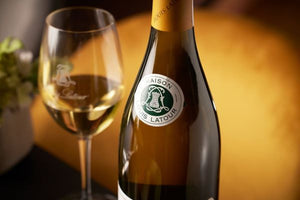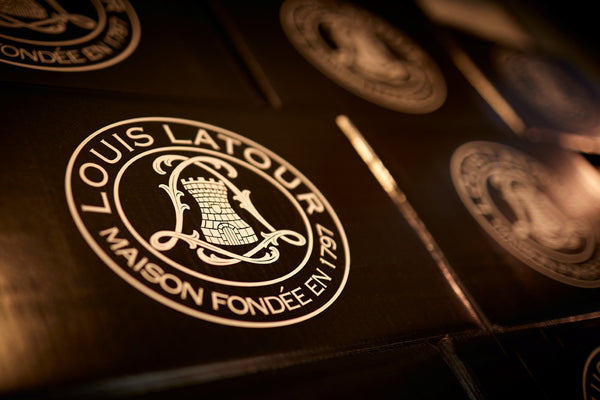A Brief History of Louis Latour
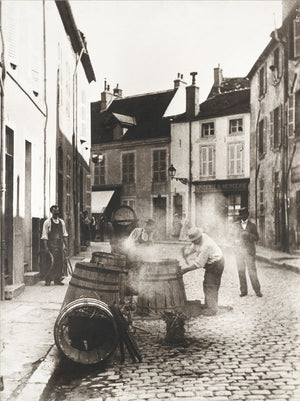
1731 | First Vineyard
The Louis Latour family's first purchase of vines in the Côte de Beaune, with land in some of the top Burgundy vineyards.
Cooperage was already, at that time, a family occupation.
1768 | Settling in Aloxe-Corton
Jean Latour moves to Aloxe-Corton, where he sets up his own cooperage and starts developing a large land holding in this appellation with the acquisitions of Aloxe-Corton 'Les Chaillots', Corton 'Grèves', and Corton 'Bressandes'.
1789 | French Revolution
The French Revolution had many changes for French society, one of which was the newly liberated access to vine-growing lands. This facilitated the launch of new winemaking companies as well as an increase in wine entering the market.
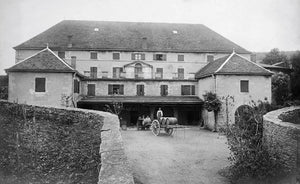
1830 | Construction of the Cuverie
Construction of the Corton Grancey Cuverie in Aloxe-Corton was started by the Marquis of Cordoue. The site close to the 'Perrieres' vineyard had previously been used for storing the harvest and was named "vendangeoir," which roughly translates to grape basket in French.
The Cuverie was completed by the Marquis' son-in-law around 1834.
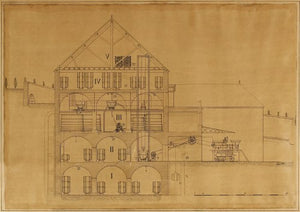
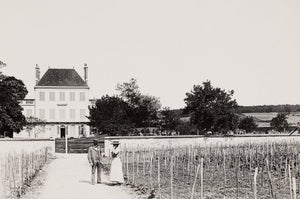
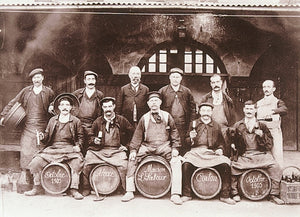
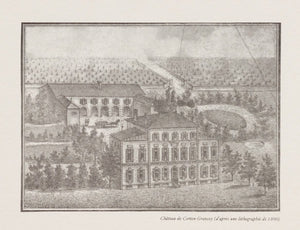
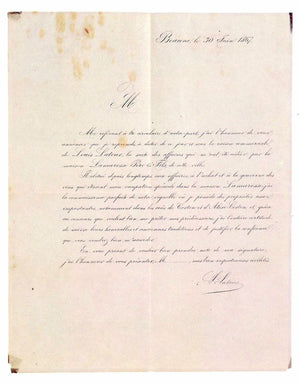
1867 | Negociant in Beaune
Maison Louis Latour expands its ownership activities by becoming a negociant, and the offices set up in Beaune at the time, 18 rue des Tonneliers, remain at this address.
From then on, Louis Latour starts showing a real taste for innovation and will adapt and develop new vinification and sales techniques. Most of the wines will be dispatched in bottles as opposed to barrels to preserve freshness and elegance.
1870-1931 | Phylloxera - Wine's Worst Enemy
Phylloxera, an aphid-like insect from North America, arrives and starts damaging the vines, destroying over half of the vineyards in France and leaving much more dying.
When everything seemed lost, Louis Latour decided to join the battle against the disease and started replanting damaged vines with resistant rootstock from North America grafted together while maintaining traditions of the Burgundian vineyards.
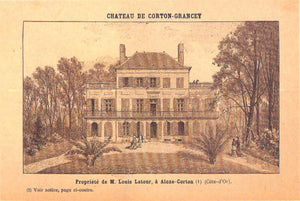
1891 | Acquisition of Corton Grancey
Acquisition by Maison Latour of the Cuverie, the Château Corton Grancey, and also of 33 hectares of vines, which were owned by the family Grancey in Aloxe-Corton, among which 15 hectares were Corton Grand Cru.
1891-1900 | The start of Corton-Charlemagne
Aligote grapes were mainly destroyed by Phylloxera. It is decided by the fifth Louis Latour that Chardonnay will be planted instead in the vineyards located south of Corton that were previously planted with Aligote and vieux Gamay. This was the start of Corton-Charlemagne! The signature of the fifth Louis Latour is still shown today on our Grand Cru label.

1979 | The Ardèche
Maison Louis Latour exports its Burgundian know-how in Ardèche and produces a high-quality Chardonnay. Releasing in 1985, Grand Ardèche's First Vintage
1986 | Louis Latour Inc
Launch of the American subsidiary for importation, Louis Latour Inc. (thats us!)
1989 | Domaine de Valmoissine
Following a resounding success in the Ardeche, Louis Latour plants some Pinot Noir in the Var and establishes the Domaine de Valmoissine.
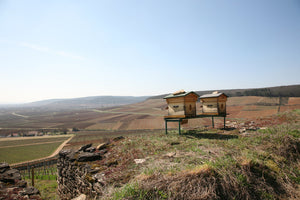
1998 | Sustainable Viticulture
The Domaine Latour becomes part of the Farre farms circuit (Forum de l'Agriculture Raisonnée Respectueuse de l'Environnement), a sign of commitment to sustainable viticulture, using biological methods when possible, and working towards controlled vine growing.
2003 | Environmental Certification
International ISO 14001 Environmental Certification: This officializes our capacity to master all consequences of our wine-producing activities against the environment, following demanding criteria with complete traceability.
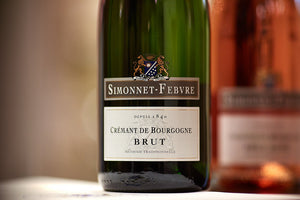
Simonnet-Febvre
Founded in 1840, Maison Simonnet-Febvre is a traditional Chablis winery amongst the oldest in the area. Bought by Maison Louis Latour in 2003, it is now led by Paul Espitalié who managed to inspire a new dynamic while keeping its independence by running it as a separate enterprise with its own house style.

